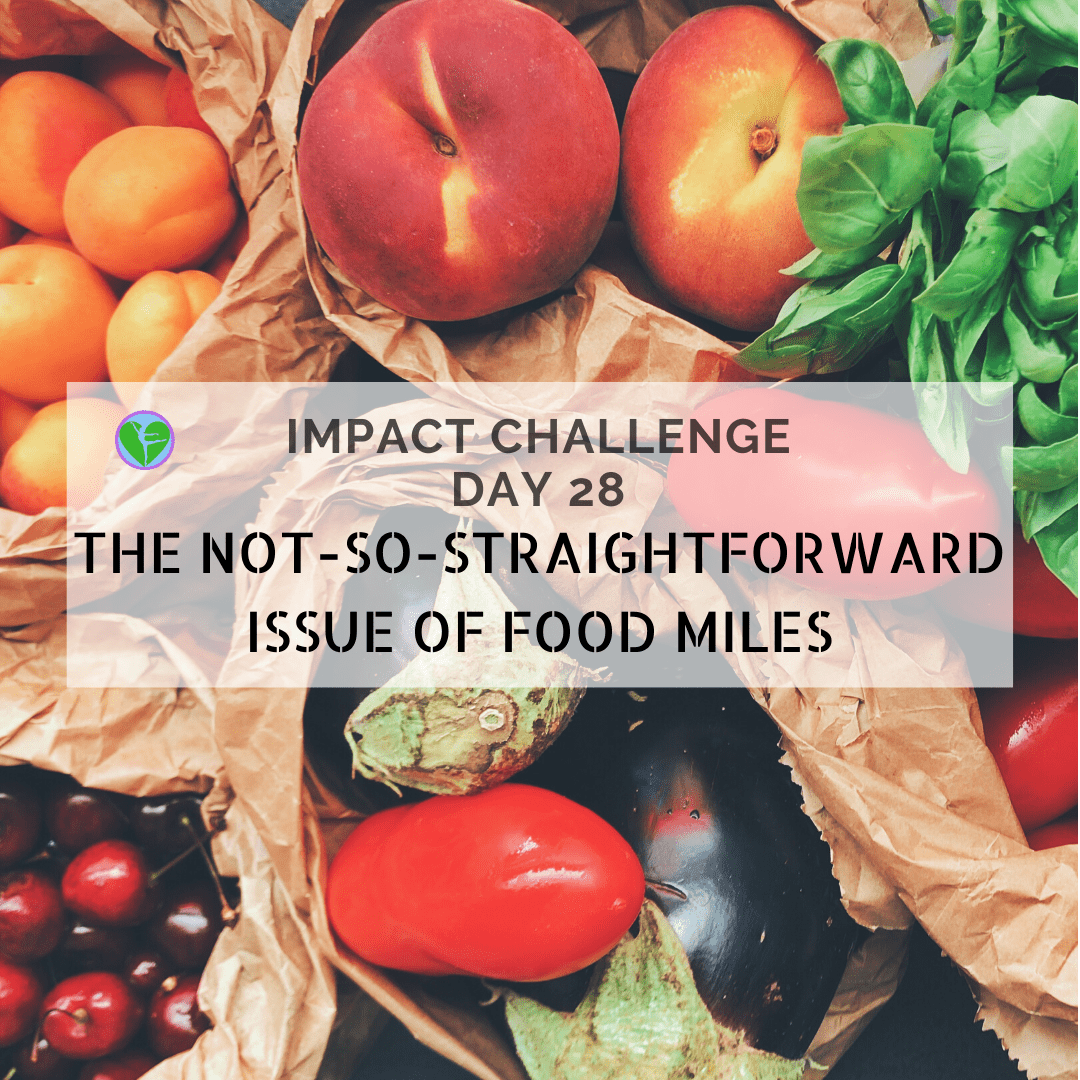Day 28 | Food Miles
Today we tackle the ever-so-complex issue of food carbon footprints. This is often oversimplified into simply looking at the miles food has travelled to get to the store, but there are so many other factors....
Take British tomatoes grown in winter - they need so much energy to create artificial conditions that it's actually more eco-friendly to import them from Spain! Madness! (The advice here is to buy locally grown but only in season)
Organic is of course great in reducing nasty chemical input into the earth, but it's worth weighing up whether the organic option has been flown in, as this may negate it's supposedly great environmental impact.
Food's environmental impact has to take into account how it was produced, how the packaging was produced, the energy used in cooking, the journey to landfill (both food & packaging), the methods of transport in all stages of production and delivery, storage, and so much more....
Then of course there's the dilemma of developing countries' exports providing them with a valuable income.
There are SO MANY things to think about!
This fab organisation - @carbontrust - works with companies to assess every area of their products' carbon emissions - look out for their logo on products to find out its footprint.
We've given you a little summary here of the complexity involved.
Today’s task is to check out the articles and give them a good read. They will inform you on all areas to consider so that you can make decisions that best align with your values when doing your weekly shop.
Don't stress, and don't feel overwhelmed. You can only do your best.
Further reading links: ETA | Guardian article









